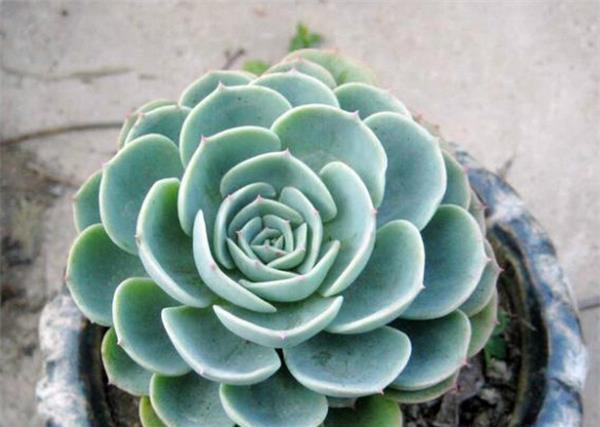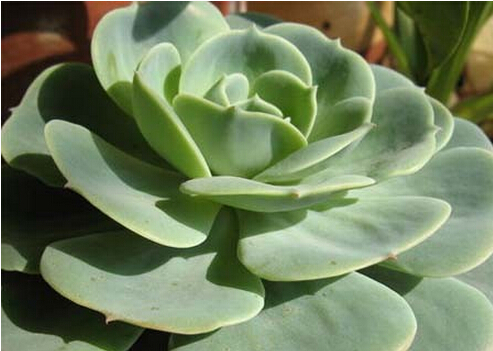How to raise thick-skinned plants
How to raise thick-skinned plants? Thick skin is a kind of plant with high ornamental value, and the breeding method is simple, but many friends always encounter all kinds of problems when breeding thick skin. Let's learn more about how to raise thick-skinned plants.

How to raise thick-skinned plants
Thick skin is a crassulaceae plant, originally grown in South Africa, evergreen all the year round, not only in the mountains, roadside wet places to grow, but also as an indoor or garden landscape plant. Straight stems have many branches, no pilose surface, leaves opposite, succulent and thick, divided into simple leaves and pinnately compound leaves, oblong leaf apex obtuse. Panicle yellowish white or light green, tubular Corolla base globose, with follicles.

Growth habits: can not grow normally in cold weather, can not survive below 7 ℃ in winter, like light, need enough light, resistant to semi-shade, but also resistant to drought, like warm environment, loose sandy soil is required.
Reproduction: there are mainly three ways of sowing, cutting and adventitious buds, the first of which is more commonly used. Before cuttings, select 8-10cm sturdy and thick tip branches, cut them to dry and insert them into suitable soil, irrigate enough water, and grow normally after 3 weeks. In addition, it can be propagated by inserting a single leaf into the sand bed, which can grow roots in about 1 month, and can be transplanted to the basin when the roots grow to 2cm.

Cheeky farming methods:
1. Soil: thick-skinned plant has strong adaptability and extensive cultivation and management. The mixed substrate of 3 parts of rotten leaf soil and 1 part of sand soil can be used in pot cultivation.
2. Watering: water a little more during the thick-skinned growth period to keep the basin soil moist, but not stagnant water. As the temperature drops in autumn and winter, watering should be reduced. Blossom in winter, strictly control watering, but don't forget to water.
3, lighting: because thick skin likes plenty of sunshine, so when there is sunshine, we need to put thick skin on the balcony as far as possible to carry out photosynthesis. But can not be completely exposed to the sun and direct sunlight, which can also cause thick-skinned branches and leaves to be burned.

4. Fertilization: fertilizing once a month during the cheeky growth period. When the stem and leaf grow too high, the heart should be removed and the plant shape should be lowered to promote its multiple branches. Update and change the basin every spring to keep the plant in a beautiful state.
5. Diseases and insect pests: thick skin is mainly harmed by gray mold and powdery mildew, which can be sprayed with 1000 times of methyl topiramate wettable powder. Insect pests are harmful to scale insects and aphids and are sprayed with 1000 times of 40% dimethoate EC.
6. Pruning: in order to allow thick skin to flourish branches and leaves and grow healthily at the same time, when we prune, it is best to keep the original shape, only for the branches and leaves of old yellow. Don't prune too much at one time, which will damage the cheeky plants.
On how to raise thick-skinned plants for everyone to briefly introduce this, read the above introduction is not to the thick-skinned breeding methods have understood it? Hope the above introduction will be helpful to you!
Related
- Wuhan Hospital Iron Tree Blooming Result Was Instantly Frightened by the Gardener Master
- Which variety of camellia is the most fragrant and best? Which one do you like best?
- What is the small blue coat, the breeding methods and matters needing attention of the succulent plant
- Dormancy time and maintenance management of succulent plants during dormancy
- Minas succulent how to raise, Minas succulent plant pictures
- What are the varieties of winter succulent plants
- How to raise succulent plants in twelve rolls? let's take a look at some experience of breeding twelve rolls.
- Attention should be paid to water control for succulent plants during dormant period (winter and summer)
- Watering experience of twelve rolls of succulent plants
- Techniques for fertilizing succulent plants. An article will let you know how to fertilize succulent plants.



